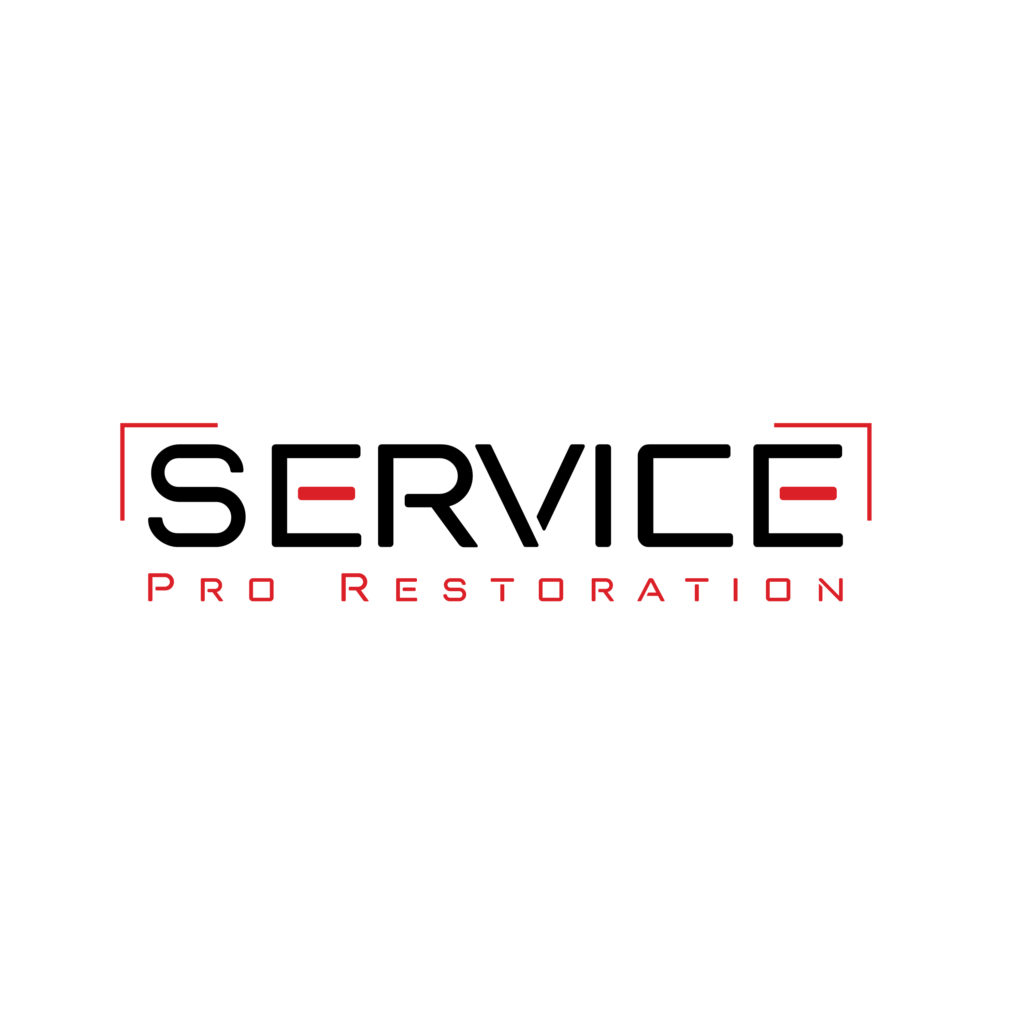How to Remove Water From a Flooded Room

If you’ve found yourself in a flooded room, there are a few important steps you must take. The first step is to clear out any water that may have gotten into the room. Remember that the water is likely very dirty. You will have to clean or throw away any items that have been in contact with it. You will also need to inspect the drywall and wood in the room. If the wood has been soaked, it will need to be removed. You should also remove any carpet, if you have one.
Safe ways to deal with a flooded room
There are safe ways to remove water from a flooded area. Before you begin to clean the floodwaters, make sure that you have the correct protective gear on. Depending on the type of flood, you may need to hire a professional to help you. Make sure to wear rubber gloves and boots to protect yourself against toxins and harmful water sources.
The first step is to open up the flooded area and ventilate it. By doing so, you can reduce the risk of mold and mildew growth. Additionally, many chemicals from household products can seep into the water and become airborne. To minimize the risk, open cabinet doors and drawers and remove any wet insulation from wall studs and ceiling. Use a disinfectant to kill mold and mildew.
Once you have removed the water from a flooded area, you can begin cleaning and disinfecting the areas in your home. If possible, use disinfectants and sanitizers to treat exposed surfaces and clean them thoroughly. You should also use a wet/dry vacuum to remove water from carpeting. You can also use fans to speed the evaporation process but be sure to avoid spreading mold or mildew spores.
Using a submersible pump
Submersible pumps are a great tool for draining water. They’re usually best known for pumping out floodwater, but they can also be used to prevent flooding. If you live in a flood-prone area, you know the devastation that floodwater can cause. Flood damage can make it difficult to get insurance for your home, so if you suspect that your home is prone to flooding, invest in a submersible pump to prevent this from happening.
Submersible pumps are available in a wide range of horsepower and discharge sizes. They work by sucking water from a flooded room or basement by using a discharge hose. They also have legs that hold them firmly on the floor, allowing water to enter the suction side.
Using a wet vacuum
Using a wet vacuum to remove the water from a flooded room is a great way to help clean up after a water disaster. A wet vacuum will draw the water into the machine and capture it, using a discharge pump to exhaust it from the area. This type of vacuum is great for smaller flooded areas and can help keep the water bed moving.
A wet vacuum can also be used as an alternative to a sump pump, helping to remove the water quickly from the floor, rugs, and cushions. Just run it over the affected areas to remove as much water as possible. When finished, empty the wet vacuum away from the house and down the drain.
If you do not have a wet vacuum, a shop vac can help remove the water quickly. This type of vacuum can handle both dry and wet messes. You can also use a towel to absorb any remaining water that may remain in the carpet. A dehumidifier can also help evaporation. Fans can also be used in the room to help move the air and remove any trapped water.




